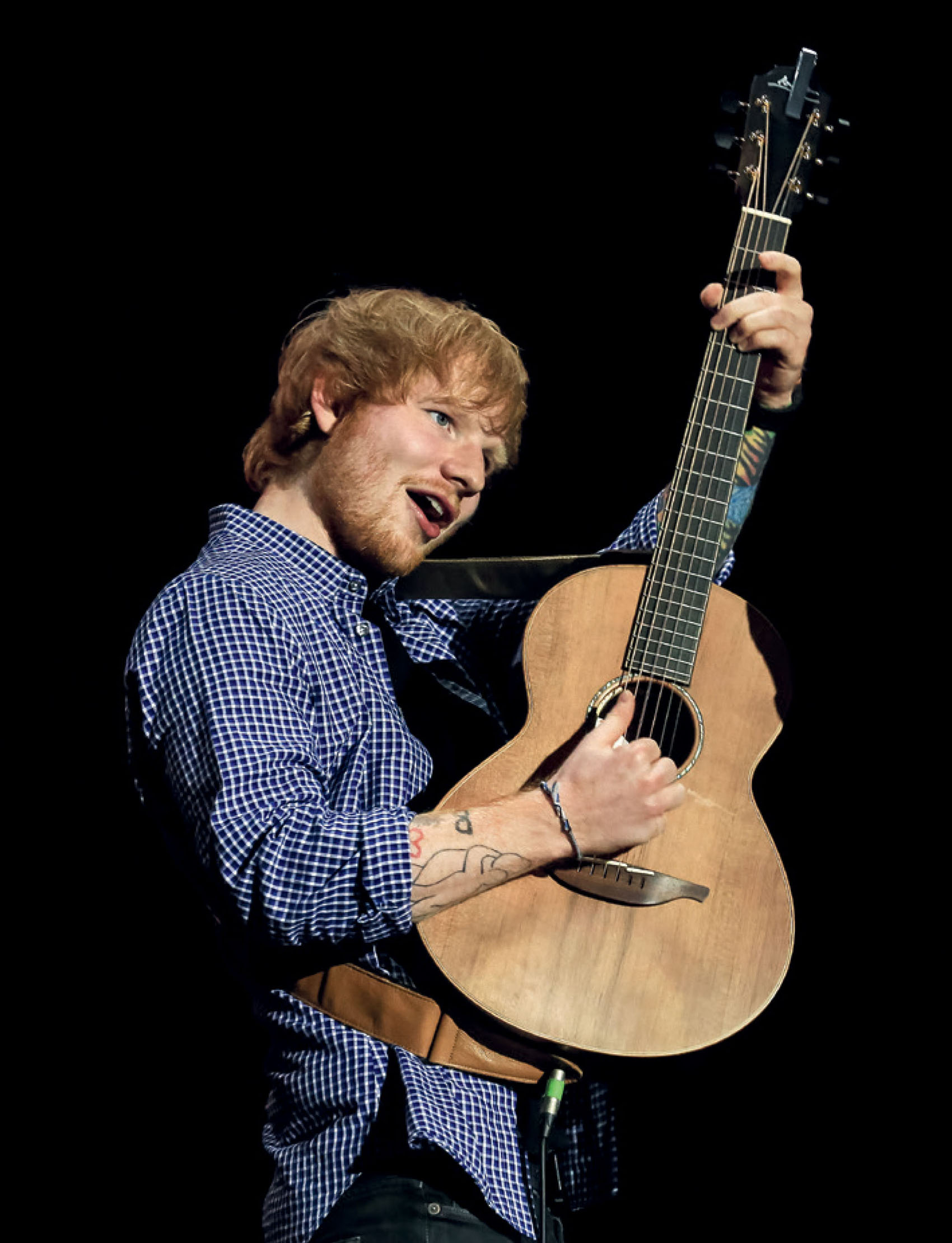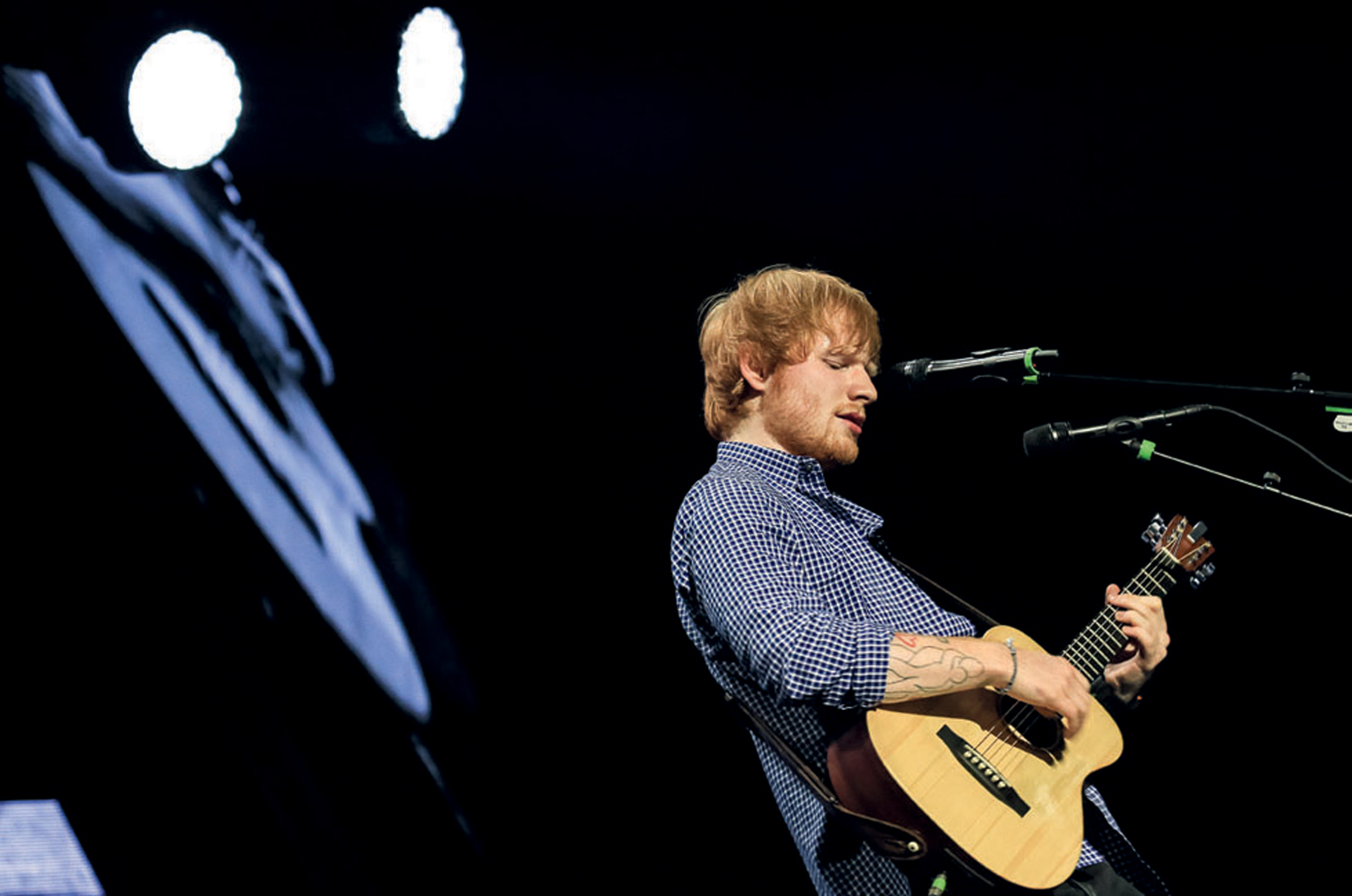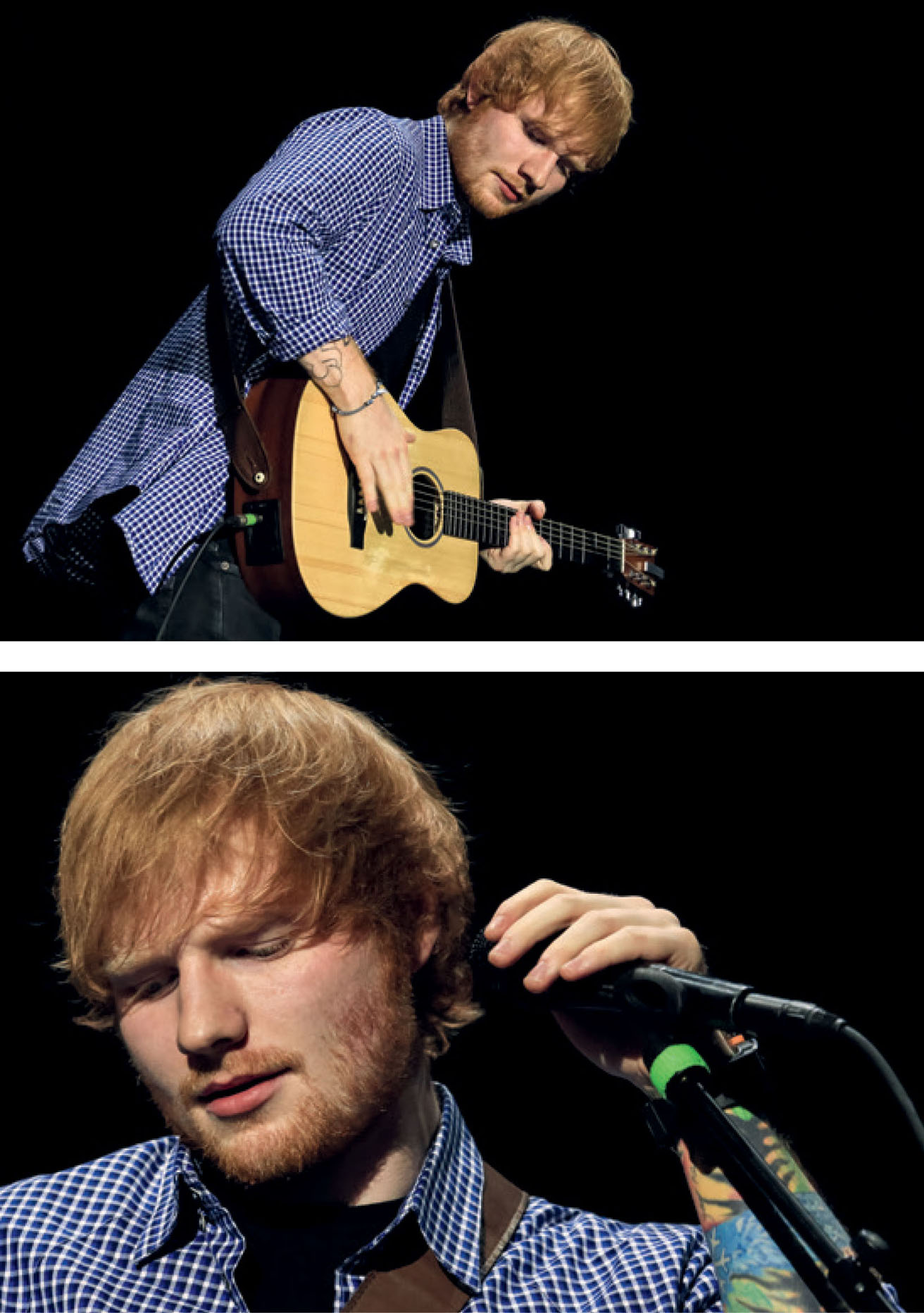
— LONDON, 12 OCTOBER 2014 —

I am often asked which equipment I use when shooting live shows and instead of listing it all I usually reply that it doesn’t really matter what you shoot with, because there is no one-size-fits-all camera or lens for shooting live music. You start with the notion that you are a conceptual artist who has chosen a camera as their tool. Just like a painter will choose their favourite brushes and a sculptor will choose their preferred materials, you have to explore what works best for you. It will take some experimenting but it’s the only way forward. You need to find the camera and the lens that allow you to capture the scene the way you want to capture it. And there’s no foolproof method to shooting a concert either. You have to adapt to the genre of music, the size of the venue, and the quality and amount of stage lights.
And that is exactly why I love music photography. No matter how well prepared I am, I never really know what will get thrown at me. It’s the mix of challenging lighting conditions, constantly moving musicians and the unexpected kick in the back of your head from the crowd surfer as you try to capture the pure, unfiltered energy of a live performance that makes this job so exciting. That is where my adrenaline kicks in. Some like to bungee-jump and I like to challenge myself in the pit.
I’ve been shooting live concerts on a professional level for almost 15 years now. I’ve shot in basements and I’ve shot in arenas. You’d think I’d cracked the riddle by now of how to be fully prepared when I walk into a pit. Well, I haven’t. More often than not I find myself swearing and sweating to conquer the monster. By the time I walk out of the pit I want to have the feeling that I have captured images that will evoke an emotion when others look at them. Music onstage is passion and emotion. The only way you can translate the full experience in a single image is by capturing exactly that.

Performing at The O2 Arena in London is as big as it gets indoors on UK territory. Many artists aspire to perform at the arena because of its reputation. With a capacity of 20,000, it’s one of the busiest arenas in the world. It opened in 2007 under the Millennium Dome, which is basically a big tent on the banks of the River Thames in Greenwich, in which seven years earlier the government had housed a big Millennium Experience exhibition that nobody was interested in.
Ed had already played just about every other venue in London; he now had to conquer The O2 Arena. I was assigned to shoot Ed’s O2 debut for press. Outside, the queues were epic, to say the least. As I walked from North Greenwich underground station towards the venue, I was surrounded by a sea of giddy fans, many of them carrying homemade cardboard signs. I remember one sign said: “Ed, I want to have your baby.”
I picked up my photo pass and walked inside. There was a buzz in the arena. And then a deafening scream when the lights went out. Ed appeared. “My goal for you is to leave this gig with no voice,” Ed told the crowd, and I have no doubt his goal was achieved that evening. They sang every single word and kept screaming in between the songs all the way through. I always wear top-of-the-range ear protection during live shoots, but that evening even industrial-grade ear defenders wouldn’t have protected you. They were loud. After the first three songs, the press photographers were escorted out of the pit and for once I wasn’t sad to leave the screaming crowd behind me.
On my way out of the dome a string of golden tinsel got stuck to my shoe. It had probably fallen off one of the homemade signs. I picked up the tinsel and hung it around my camera bag while I boarded the Tube train back home. Ed truly is the gift that keeps on giving.
